Known by NATO as “Frogfoot”, the Su-25 is a subsonic twin-engine jet fighter designed by the Soviet manufacturer Sukhoi, specifically designed for close air support and ground attack missions, with a single cockpit for a single pilot in the original version.
As the race to develop air superiority fighters intensified during the Cold War, Soviet engineers produced the Su-25 Grach fighter platform.
History of the Su-25 “Frogfoot”
The Soviet Union’s preference for more advanced aircraft followed the American effort to create the anti-tank jet aircraft nicknamed “Warthog.” Since the Soviet Su-7, Su-17, MiG-21 and MiG-23 were not designed to provide close air support for troops, another aircraft had to be built.
In the 1960s, the Soviet Air Force launched a competition to design its next generation close-air support aircraft. The Sukhoi T-8 prototype was eventually selected, resulting in the Su-25 Grach attack aircraft. The following decade, the Su-25 made its first flight after a half-decade of testing.
If we compare the “Frog Leg” and the “Boar” with each other, the Soviet attack aircraft is lighter and more agile than the American aircraft of the same type, National Interest Magazine commented. Since its first flight in 1975 until its official entry into service in 1984, the Su-25 has undergone a number of modifications.
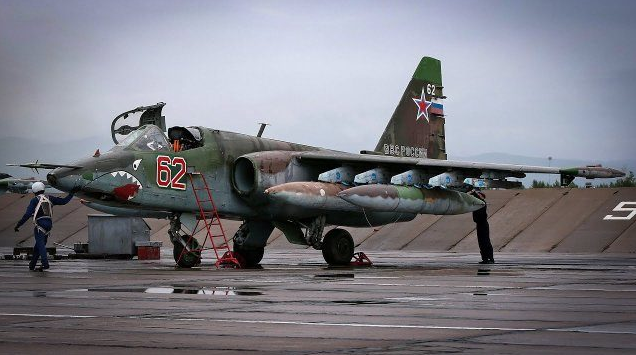
Russian Air Force Sukhoi Su-25 attack aircraft. Photo: Bulgarian Military
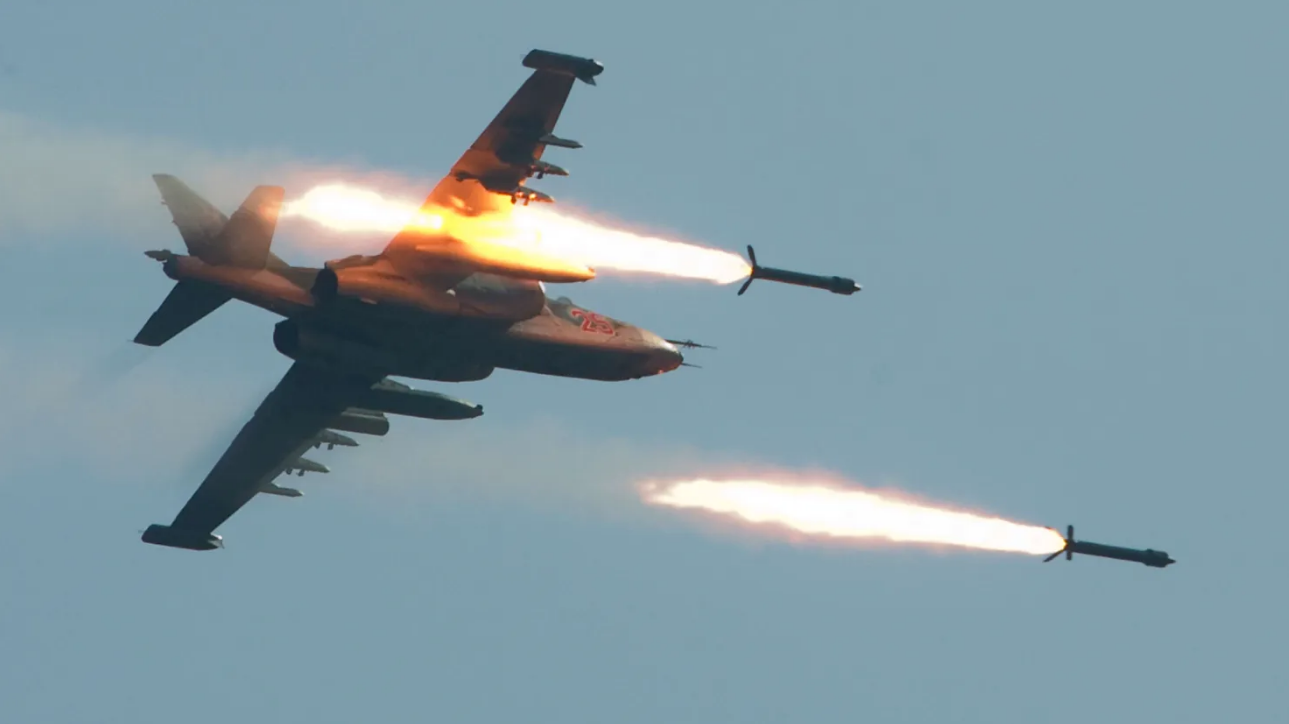
Sukhoi Su-25 attack aircraft fires during a live-fire exercise in Belarus. Photo: National Review
The “Frogfoot” has a titanium cockpit cover and air brakes on the wingtips. Sukhoi produces this model in several versions: the Su-25K export version, the Su-25UB version and the two-seat Su-25UBK export version, the Su-28 advanced trainer version and the Su-39 anti-tank version with a new navigation system and a laser rangefinder in the nose.
More than 1,000 have been built with variants of the aircraft in service with the Russian Air Force, the Russian Navy Aviation, Afghanistan, Angola, Azerbaijan, Belarus, Bulgaria, the Czech Republic, Georgia, Iran, Iraq, Kazakhstan, Macedonia, Peru, Slovakia, Turkmenistan, Ukraine…
Today, the Russian Air Force operates around 250 Su-25s of all variants. In the conflict with Russia, now in its third year, Ukrainian pilots are still flying existing Su-25s while waiting for more modern F-16 fighters to arrive from the West.
Specifications & Capabilities
The Su-25 is designed to destroy small stationary and moving ground targets, as well as to attack low-speed air targets at the front and at the nearest operational and tactical depths.
Variants of the Su-25 are in use by many other countries, notably the Ukrainian Air Force which also operates the Su-25. There are videos circulating on the Internet showing Ukrainian pilots flying so low that they skim treetops to avoid Russian surface-to-air missiles.
But the Ukrainians were not the only force to use low-flying techniques with the Su-25 captured on video during the conflict, as the Russians also used this tactic.
The reason why both militaries use these low-flying aircraft is because both sides have effective surface-to-air weapons that can shoot down planes and helicopters, while also eliminating the emerging threat of unmanned aerial vehicles (known as drones or UAVs).
Sukhoi Su-25 attack aircraft (According to Forces.net)
| Wingspan | 14.36 m (47 feet 1 inch) |
| Length | 15.53 m (50 feet 11 inches) |
| Height | 4.8 m (15 feet 9 inches) |
| Net weight | 10,740 kg |
| Maximum takeoff weight | 17,600 kg |
| Maximum speed | 975 km/h (Mach 0.79) |
| Combat Radius | 375 km |
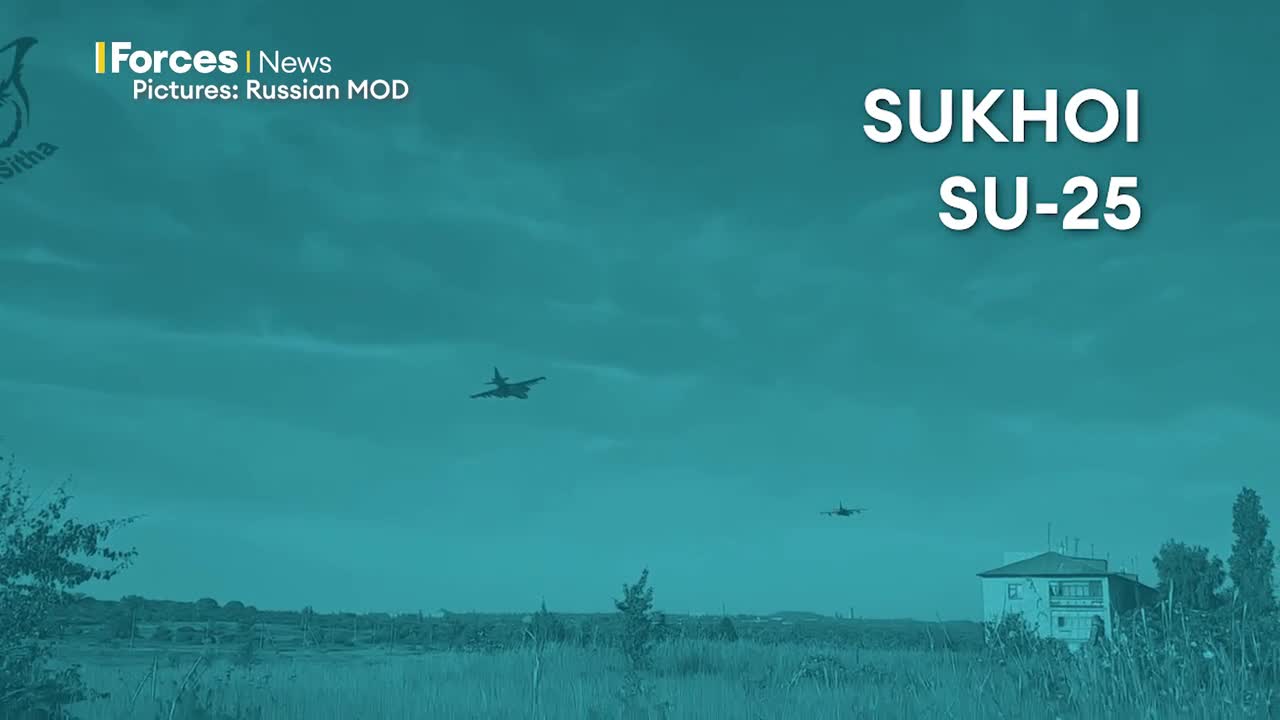
The Su-25 can climb at a speed of 58 m/s. The combat radius and range of this attack aircraft are 375 km and 7,500 km respectively. The normal range of the Su-25 is 750 km, while its operating ceiling is 7,000 m.
The “Frog Leg” wings have 10 hardpoints to carry a variety of air-to-air and air-to-ground weapon systems depending on the selected mission. The Su-25 is capable of carrying 4,200 kg of bombs, rockets and guided missiles.
Some of the missiles that can be equipped on the Su-25 include: Air-to-ground missiles such as the Kh-23 (NATO code AS-7 Kerry), Kh-25ML (AS-10 Karen) and Kh-29l (AS-14 Kedge); Air-to-air missiles carried on smaller external pylons are the R-3S (AA-2D Atoll) and R-60 (AA-8 Aphid)
The Su-25 can be equipped with UB-32A launchers for 57 mm S-5 missiles, B-8M1 launchers for 80 mm S-8 missiles, 240 mm S-24 guided missiles and 330 mm S-25 guided missiles. The Russian attack aircraft can also be equipped with 350-670 kg laser-guided bombs, 500 kg incendiary weapons and cluster bombs.
The AO-17A 30mm twin-barreled gun of the attack aircraft is mounted on the underside of the fuselage towards the left wing. It is loaded with 250 rounds and is capable of firing at a rate of 3,000 rounds per minute. SPPU-22 gun mounts can also be installed on underwing pylons. The pods carry the GSh-23 23mm twin-barreled gun, each with 260 rounds of ammunition .
Minh Duc (According to National Interest, Skybrary, Forces.net)
Source: https://www.nguoiduatin.vn/bao-my-thua-nhan-diem-vuot-troi-cua-cuong-kich-nga-su-25-a662982.html


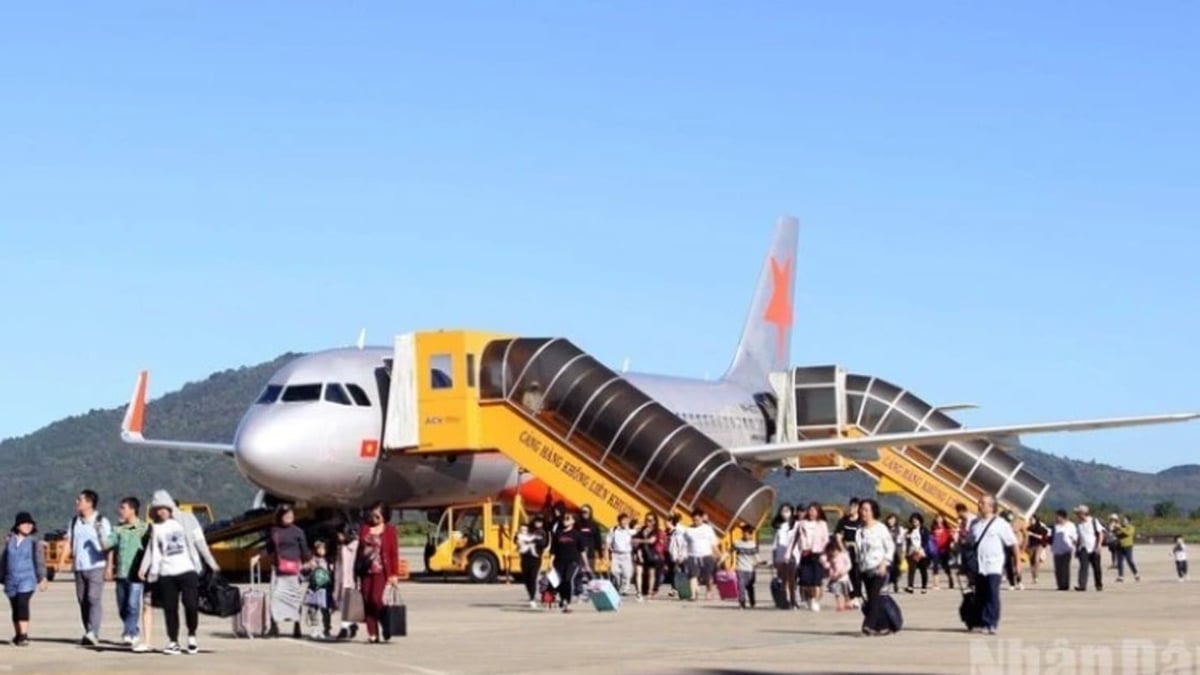
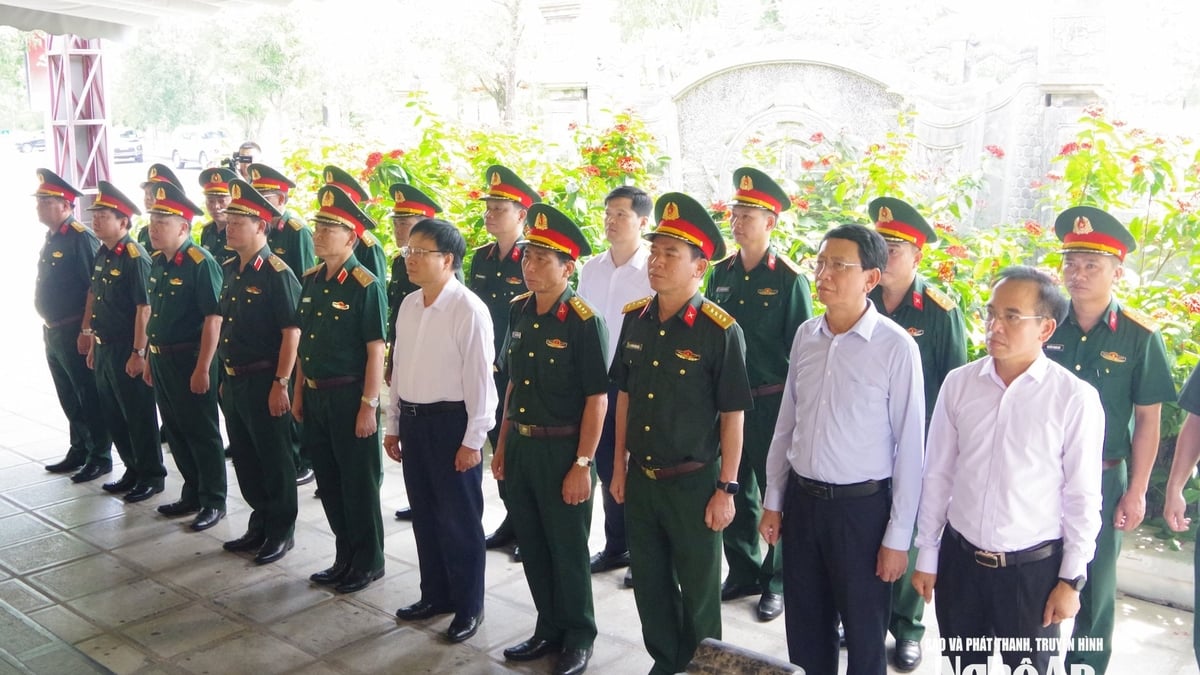


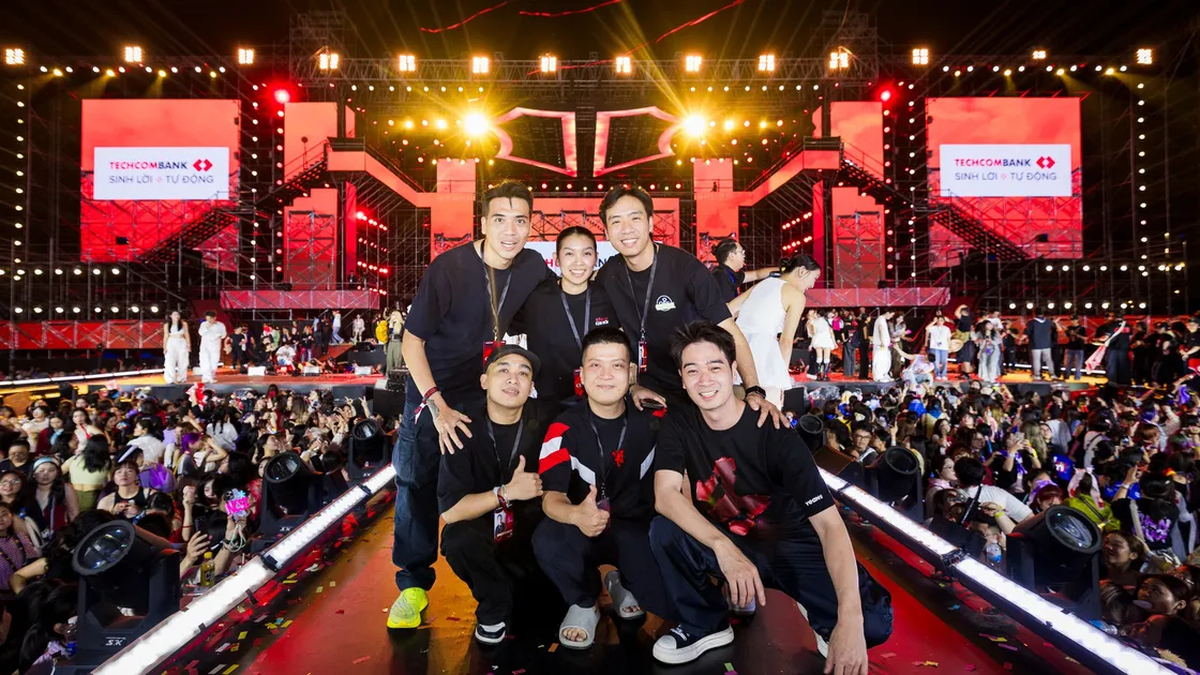

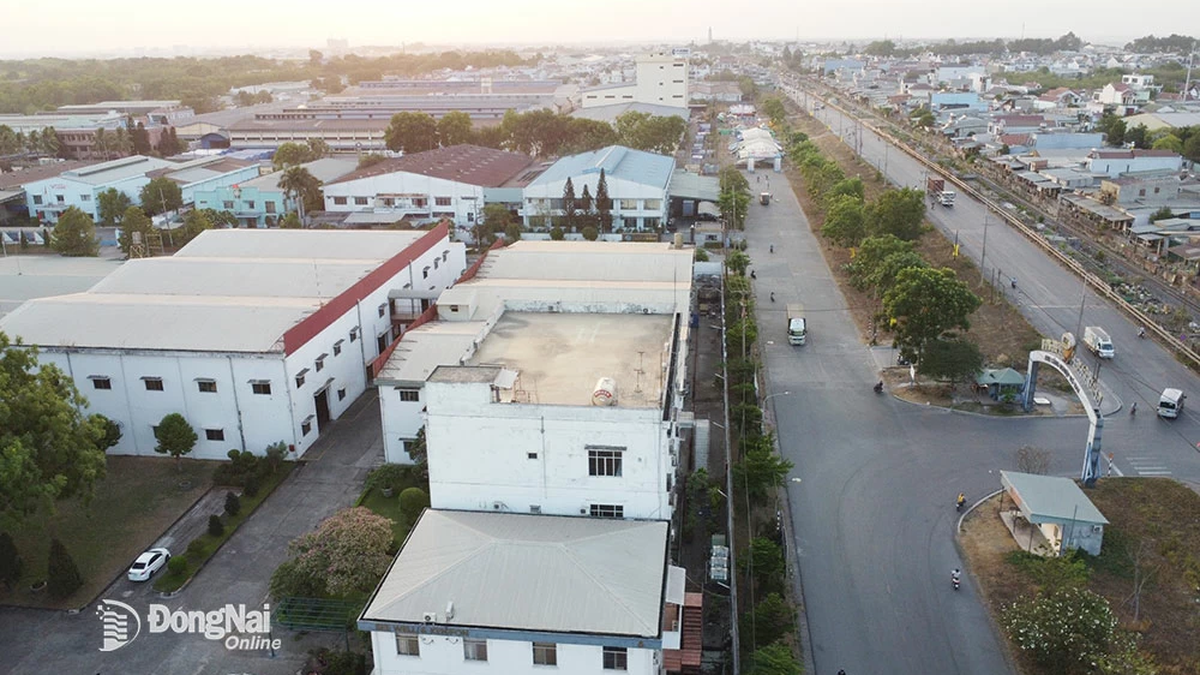

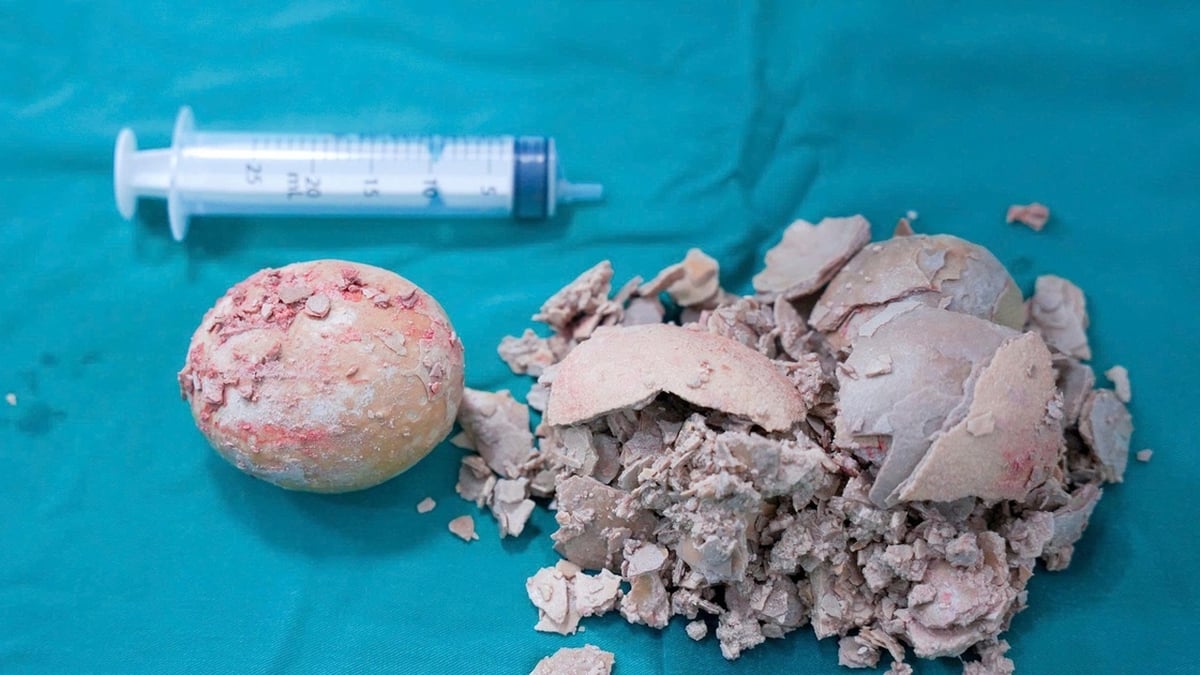









































![[Maritime News] More than 80% of global container shipping capacity is in the hands of MSC and major shipping alliances](https://vphoto.vietnam.vn/thumb/402x226/vietnam/resource/IMAGE/2025/7/16/6b4d586c984b4cbf8c5680352b9eaeb0)












































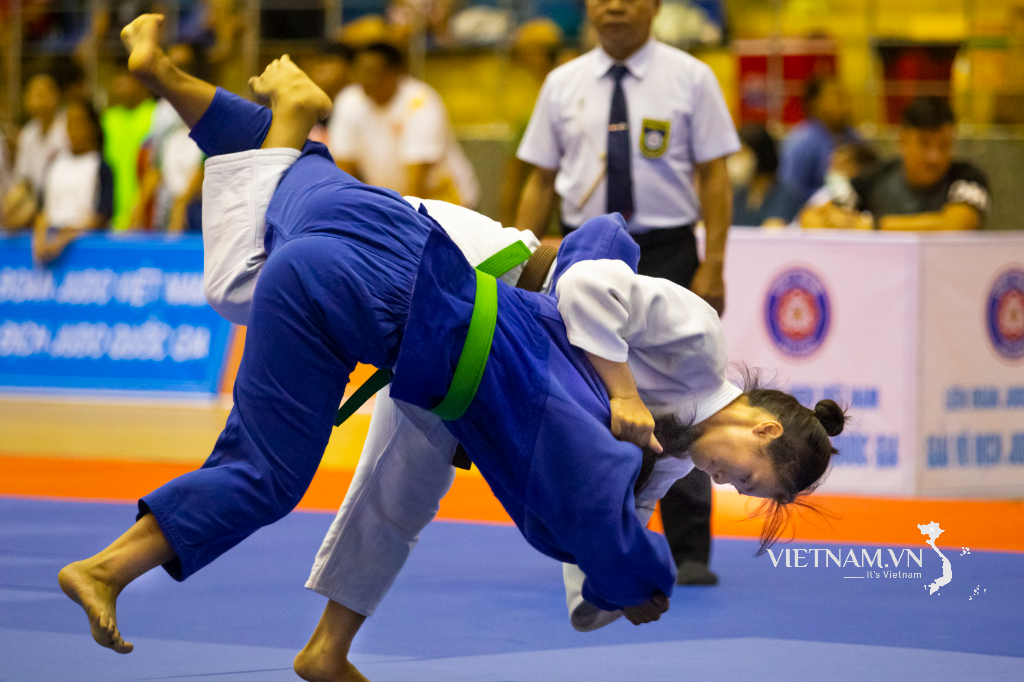
Comment (0)